
White Tongue …What It Means and What You Can Do About It
White Tongue …What It Means and What You Can Do About It
Ever looked in the mirror and noticed your tongue has turned white? Maybe it feels dry or even smells a little off? Don’t panic—white tongue is surprisingly common and, in many cases, harmless. Sometimes, a quick brush is all it takes to fix the problem. But what if it doesn’t go away?
What Is White Tongue, Anyway?
A white tongue usually appears as a thin film that coats all or part of the tongue. Sometimes it’s patchy, other times it covers the whole surface. You might notice a strange taste, an unpleasant smell, or what looks like tiny white “hairs” on the tongue. But don’t worry—those “hairs” are actually taste buds that have become coated with bacteria, food particles, and dead cells.
White coating on the tongue (sometimes yellowish) can happen for many reasons, like irritation or infection. In most cases, it clears up on its own within a few days. But if it lingers for more than two weeks—or it’s painful to eat or talk—it’s time to see a doctor.
Oh, and the color of your tongue can say a lot about your health:
- Pink: Normal and healthy.
- White: Buildup of bacteria or possibly infection.
- Yellow: Could signal liver issues.
- Red: May be linked to vitamin B deficiency.
- Brown: Possibly from too much coffee or tea.
Why Does Your Tongue Turn White?
Most of the time, a white tongue is just your taste buds trapping bacteria, dead cells, and debris. This can cause them to swell or become inflamed—hence the white patches.
Sometimes, though, it’s linked to specific conditions like geographic tongue—a rare issue where patches of the tongue lose their usual texture and change shape. It might be triggered by spicy foods, stress, illness, or even hormone changes.
What Makes White Tongue More Likely?
Here are some common culprits:
- Aging
- Antibiotics (they can trigger fungal infections)
- Poor diet—especially low in fruits, veggies, vitamin B12, and iron
- Weakened immune system
- Poor oral hygiene
- Wearing dentures or dental devices that irritate the tongue
- Dehydration or chronic dry mouth
Tongue Thrush: When Yeast Takes Over
One common cause of white patches is oral thrush (aka tongue thrush), a fungal infection caused by an overgrowth of Candida yeast. It often results in creamy white spots on the tongue and inside the mouth. You may also experience redness, soreness, or trouble swallowing.
People at higher risk include:
- Those with weakened immune systems
- People taking antibiotics or corticosteroids
- Individuals with diabetes
Treatment typically involves antifungal medication, and good oral hygiene can help keep it from coming back.
Tongue Piercings and White Tongue—Is There a Link?
Yes, actually. If you’ve recently had your tongue pierced, you might notice a white film develop around the area. This is normal and usually just your body responding to increased bacteria in the mouth. Antibacterial mouthwash can help keep things clean.
A small white ring around the piercing? Also normal—it’s a sign your tissue is healing. Just avoid irritating foods (think: spicy, hot, or sour), and it should clear up in about a week or so.
How to Get Rid of White Tongue at Home
Here are some simple tips to try at home:
- Brush and floss regularly to keep bacteria at bay.
- Stay hydrated—dry mouth makes things worse.
- Use a tongue scraper or brush your tongue gently.
- Choose a mild fluoride toothpaste (avoid sodium lauryl sulfate if you’re sensitive).
- Rinse with fluoride mouthwash.
- Sip cold drinks through a straw to soothe your tongue.
- Skip spicy, salty, or acidic foods until your tongue feels better.
When to See a Professional
If the white coating doesn’t go away after a couple of weeks—or you’re experiencing pain, burning, or trouble eating—it’s time to reach out to a healthcare provider.
- Your dentist can assess your oral hygiene and recommend treatment if needed.
- Your GP can diagnose underlying conditions, prescribe medication, and help rule out anything more serious.
Final Thoughts
A white tongue might look odd or feel uncomfortable, but in most cases, it’s nothing to worry about. A few changes to your oral care routine can often solve the problem. But if symptoms stick around or worsen, it’s always a good idea to check in with a pro.
News in the same category

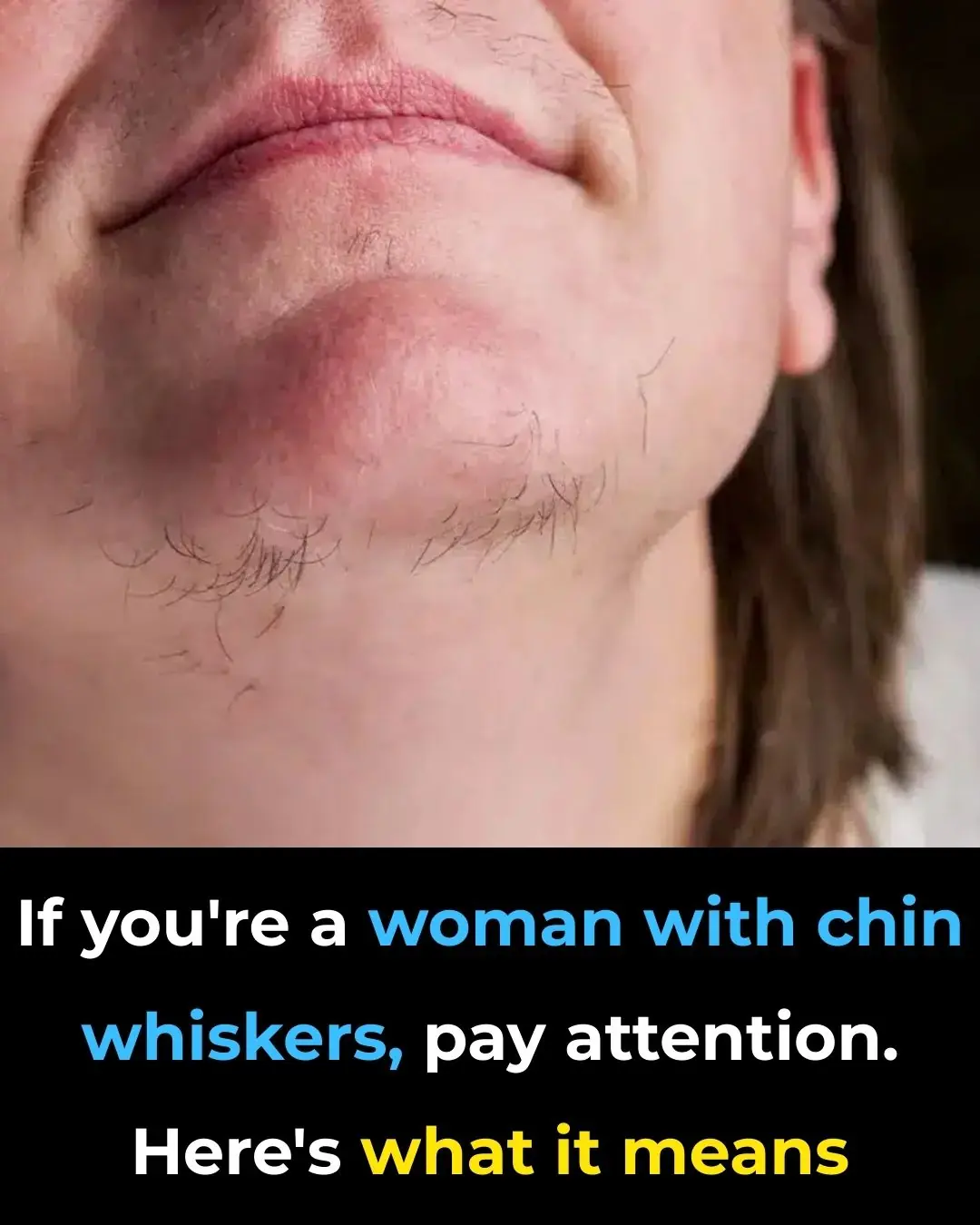
Chin Whiskers in Women

Tips for Selecting High-Quality Eggs

The Mystery of the Milk Bottle Dent

Think Twice Before Putting Parchment Paper in the Oven

Proposed Law Would Give Cognitive Fitness Tests To Elderly U.S. Lawmakers

Apple Agrees to Pay Out Users From $95,000,000 Fund After Lawsuit Accused Siri of Listening to Private Conversationsa

How she got her wealth might surprise you too 👀

What Is This Button In The Car For

How Long Cooked Food Can Stay In The Refrigerator

Unbelievable: China is About to Launch the First ‘Pregnancy Robot’ to Carry a Baby

This Is How These 10 Worldwide Famous Kids Look Like Now
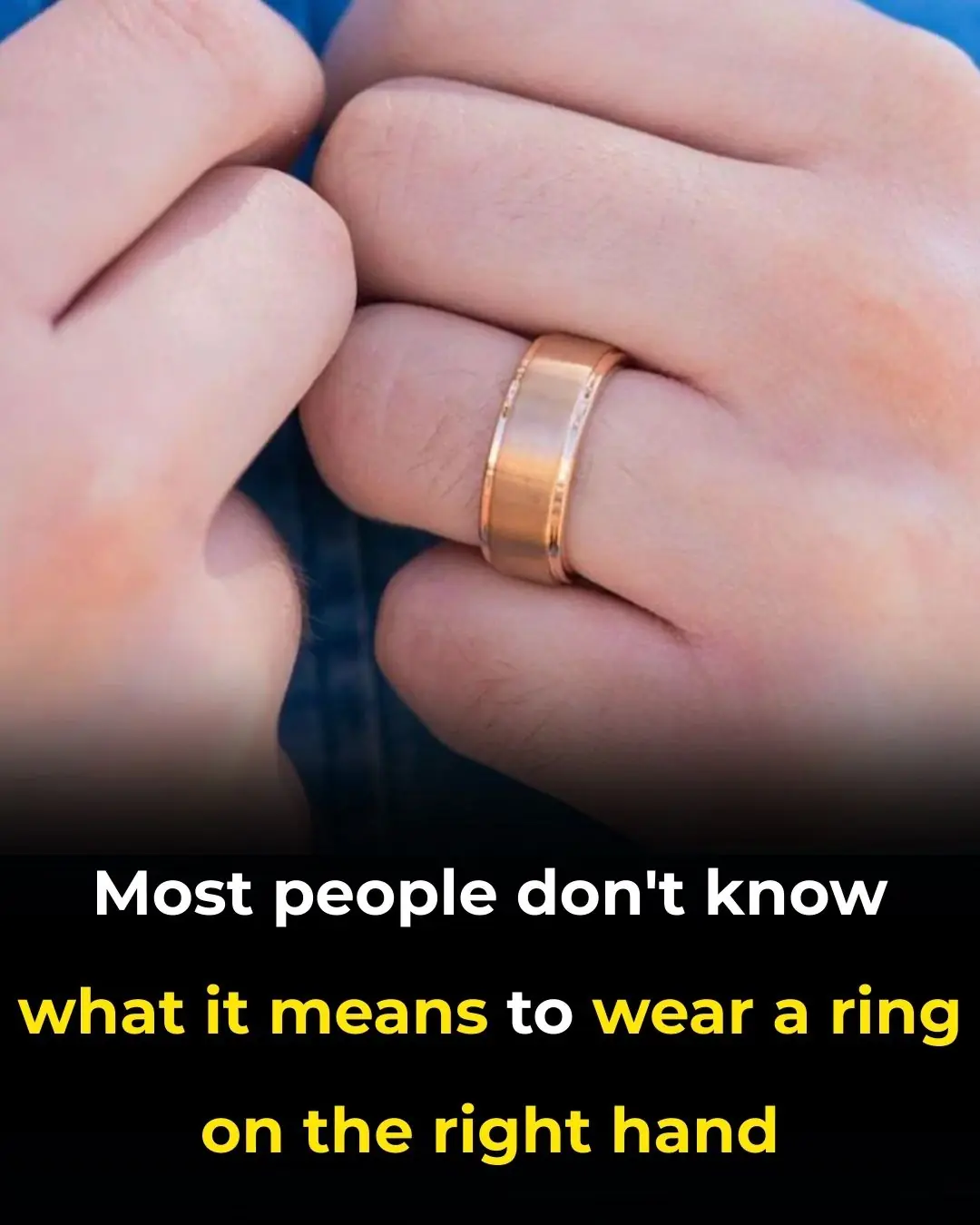
What Does It Mean To Wear a Ring On The Right Hand

Hotel Workers Reveal What Goes On

Scientists Explain Why ‘Doing Your Own Research’ Leads to Believing Conspiracies

The Richest Americans Still Die Earlier Than the Poorest Europeans
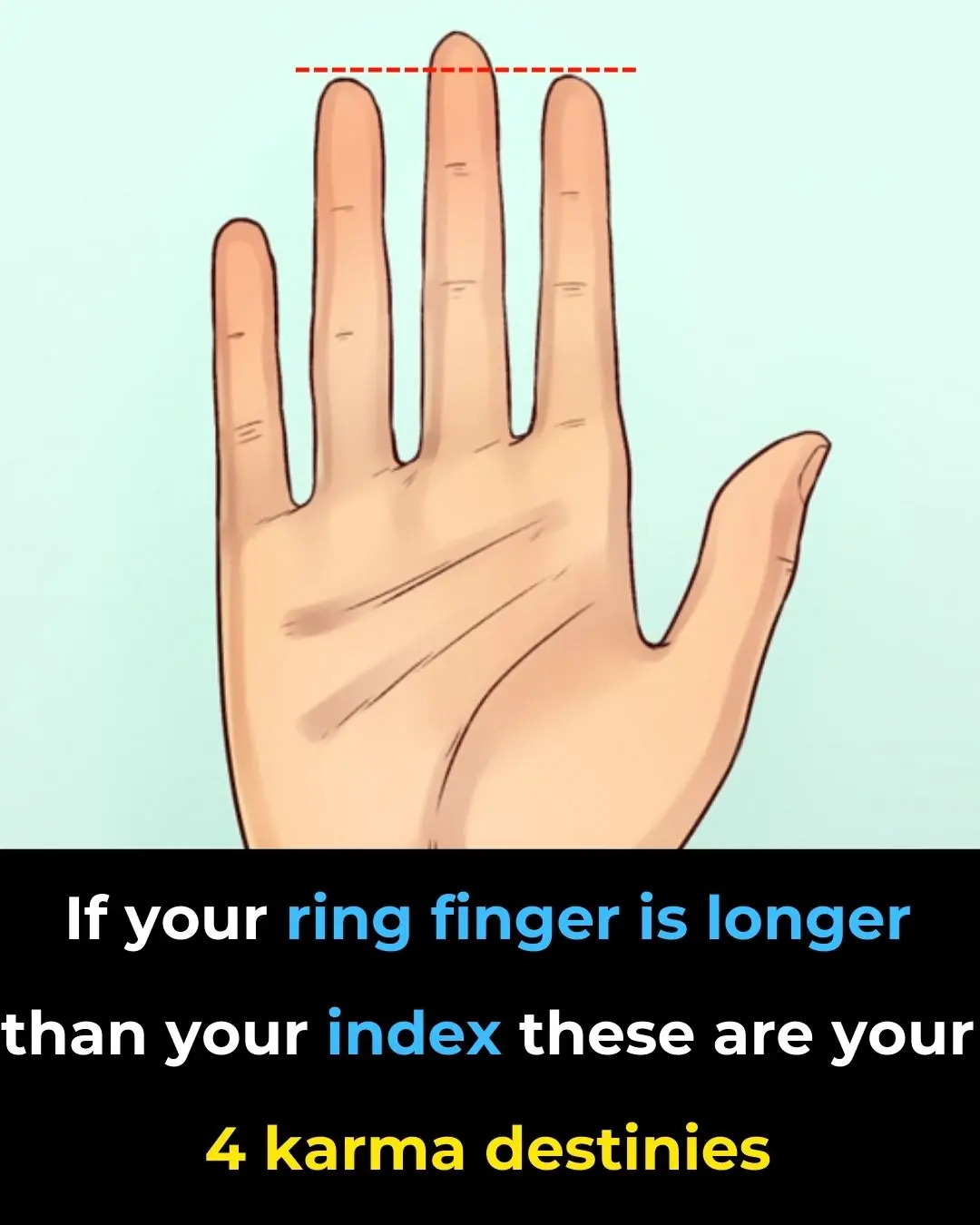
Ring Finger Longer Than An Index Finger

She Spent $70,000 on Cosmetic Procedures — Now She’s Owning Her Beauty Despite the Backlash

Woman employed by popular mobile network sues company after being 'forced' to do nothing for 20 years
News Post

Why Your Legs Cramp at Night (And How to Fix It)
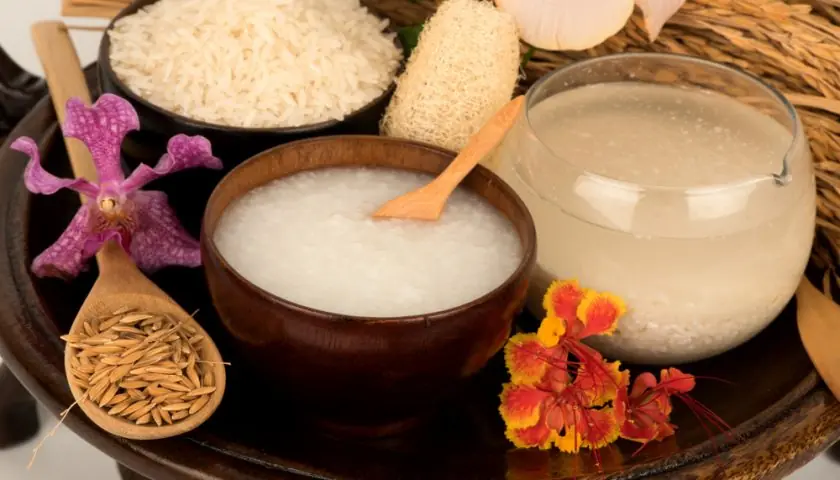
How to Use Rice Water for Gorgeous Hair and Skin (Detailed Instructions)

Beware: U.S. Salmon May Be Crawling with Japanese Tapeworm, Say Scientists

The Benefits of Chicken Feet Stewed with Black Beans – As Powerful as Ginseng
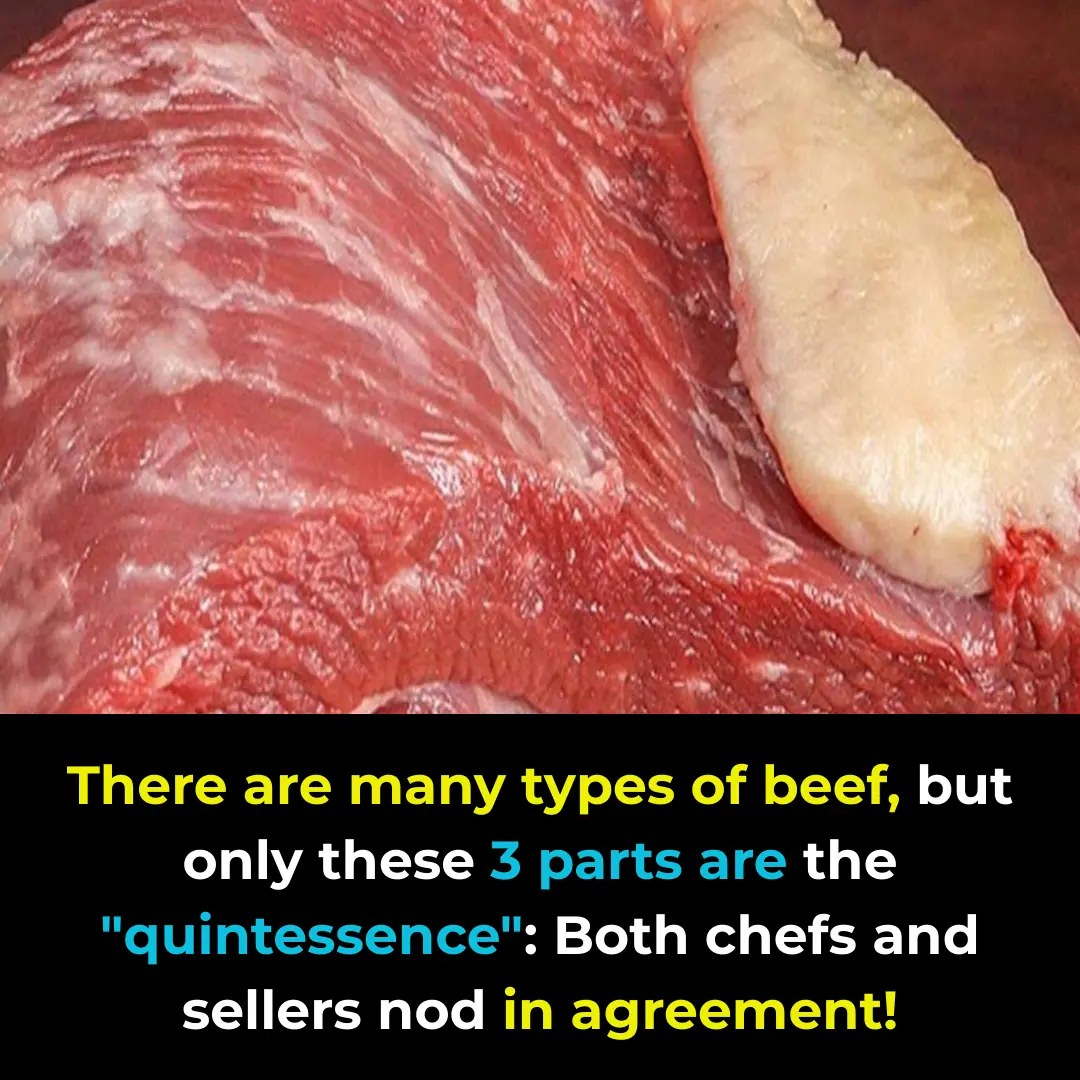
There are many cuts of beef, but only these 3 are considered the true “essence” – both chefs and butchers wholeheartedly agree!
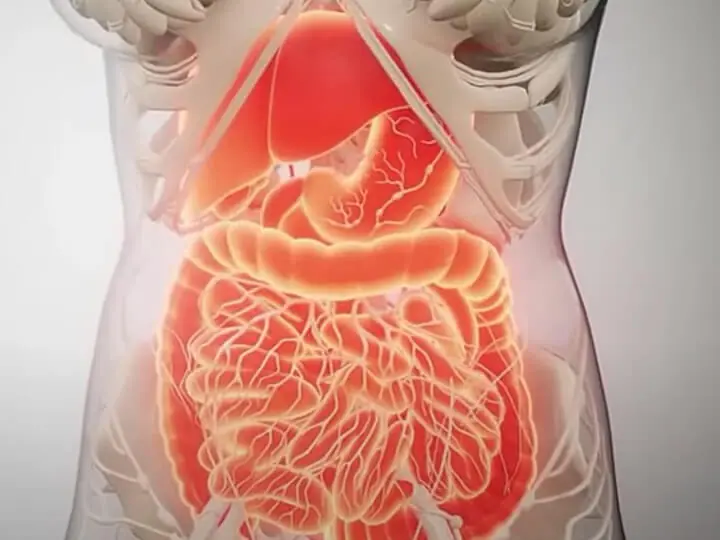
Colon Cleansing: How to Naturally Flush Your Colon at Home (Science-Based)

Put this into a lemon and place it in the corner of your house – mosquitoes will stay away for good

3 Morning Symptoms That May Signal the Onset of Canc3r

"8 abnormal signs warning of c3rvical canc3r that women need to recognize early"
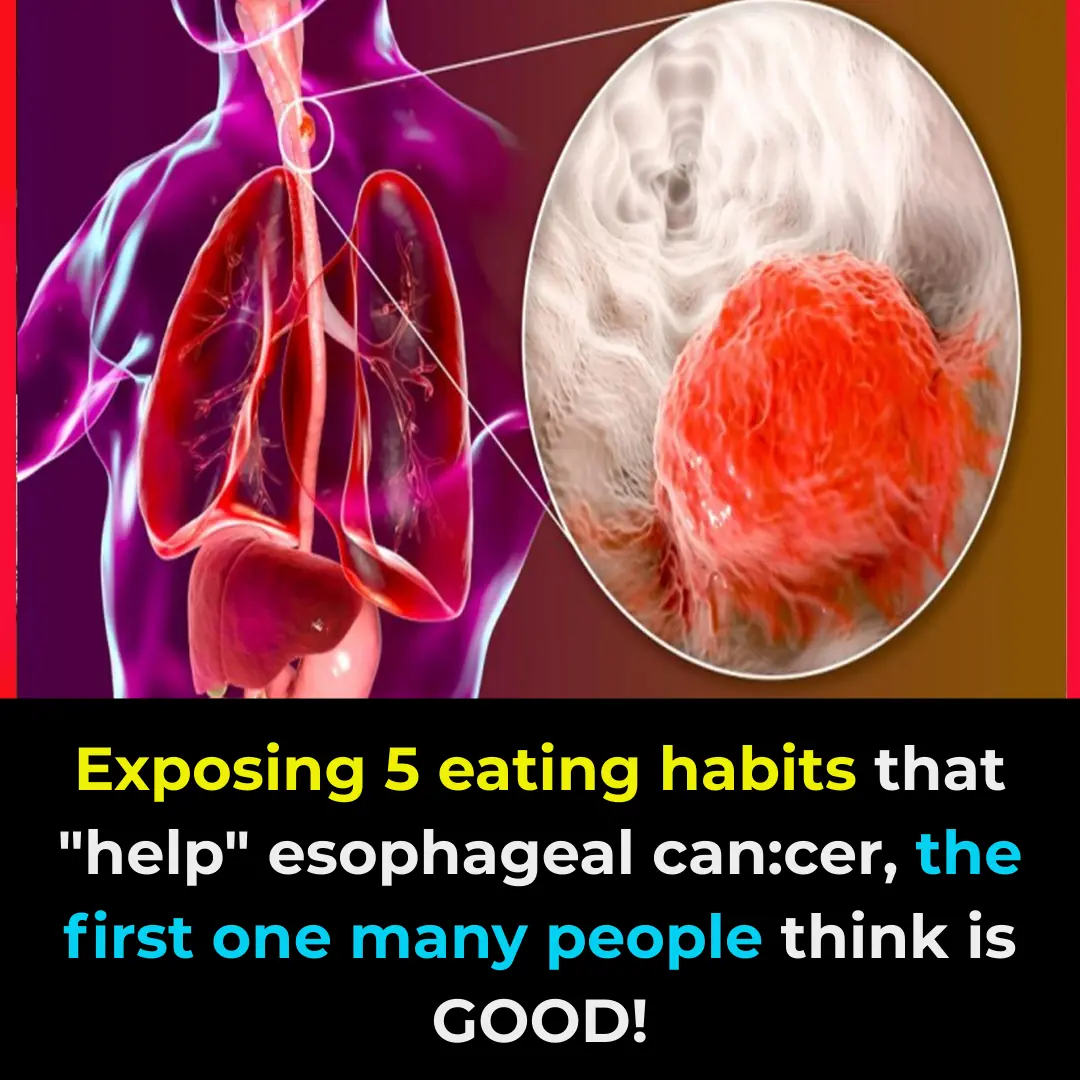
If you don’t correct these 5 harmful eating and drinking habits right away, sooner or later your esophagus will also be “ravaged” by cancer cells.

Is Your Air Conditioner Outdoor Unit Making Loud Grinding Noises? Use This Simple Trick to Make It Run Quietly Without Calling a Technician!

Urgent warning issued to travelers as China takes ‘covid measures’ after reporting 7,000 cases of Chikungunya virus

3 Effective Ways to Prevent Snakes from Entering Your Home Everyone Should Know to Protect Their Family

Signs to look out for amid Gordon Ramsay's health warning after undergoing cancer surgery
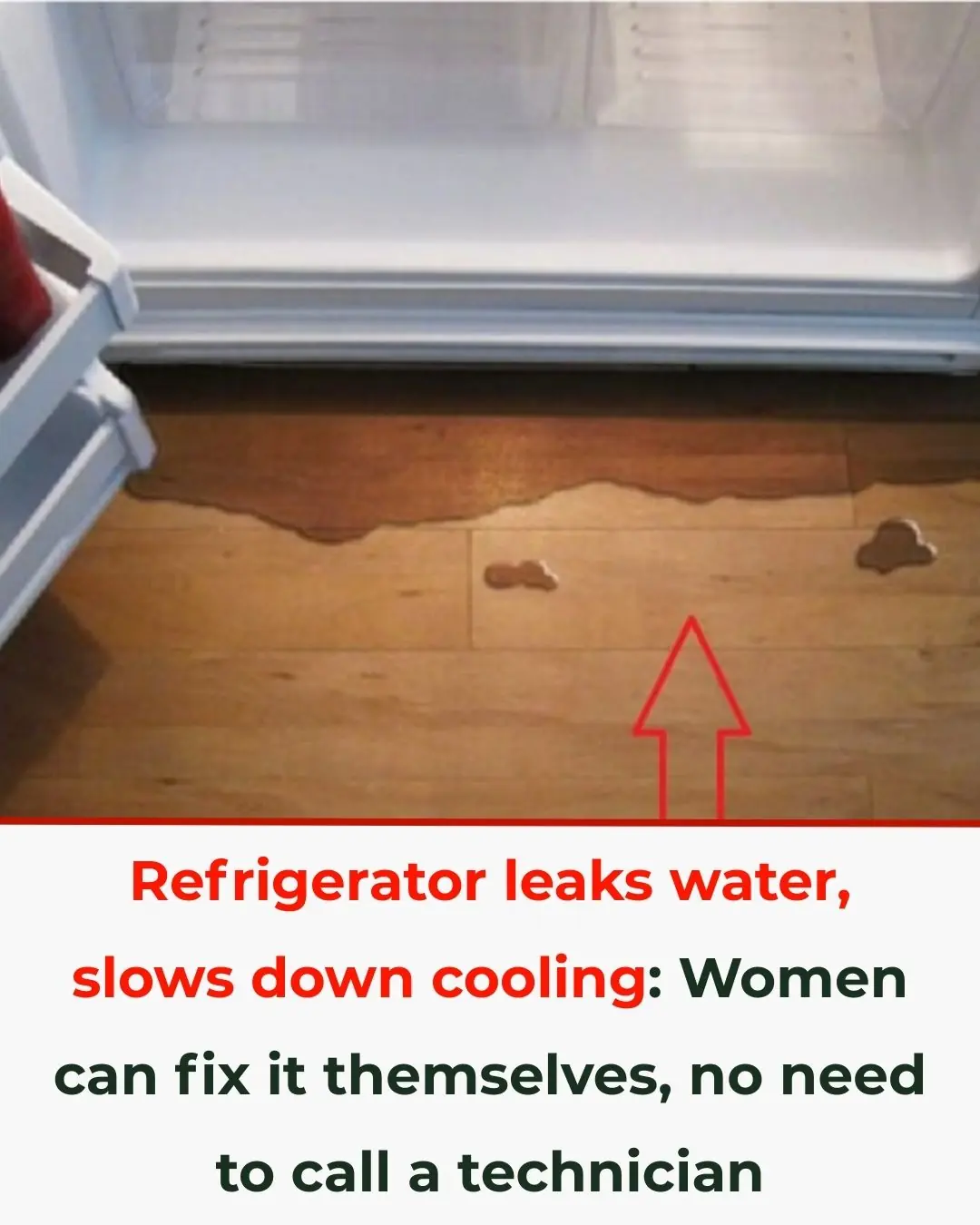
How to Handle Common Refrigerator Problems and a Surprising Lesson from American Toilet Habits
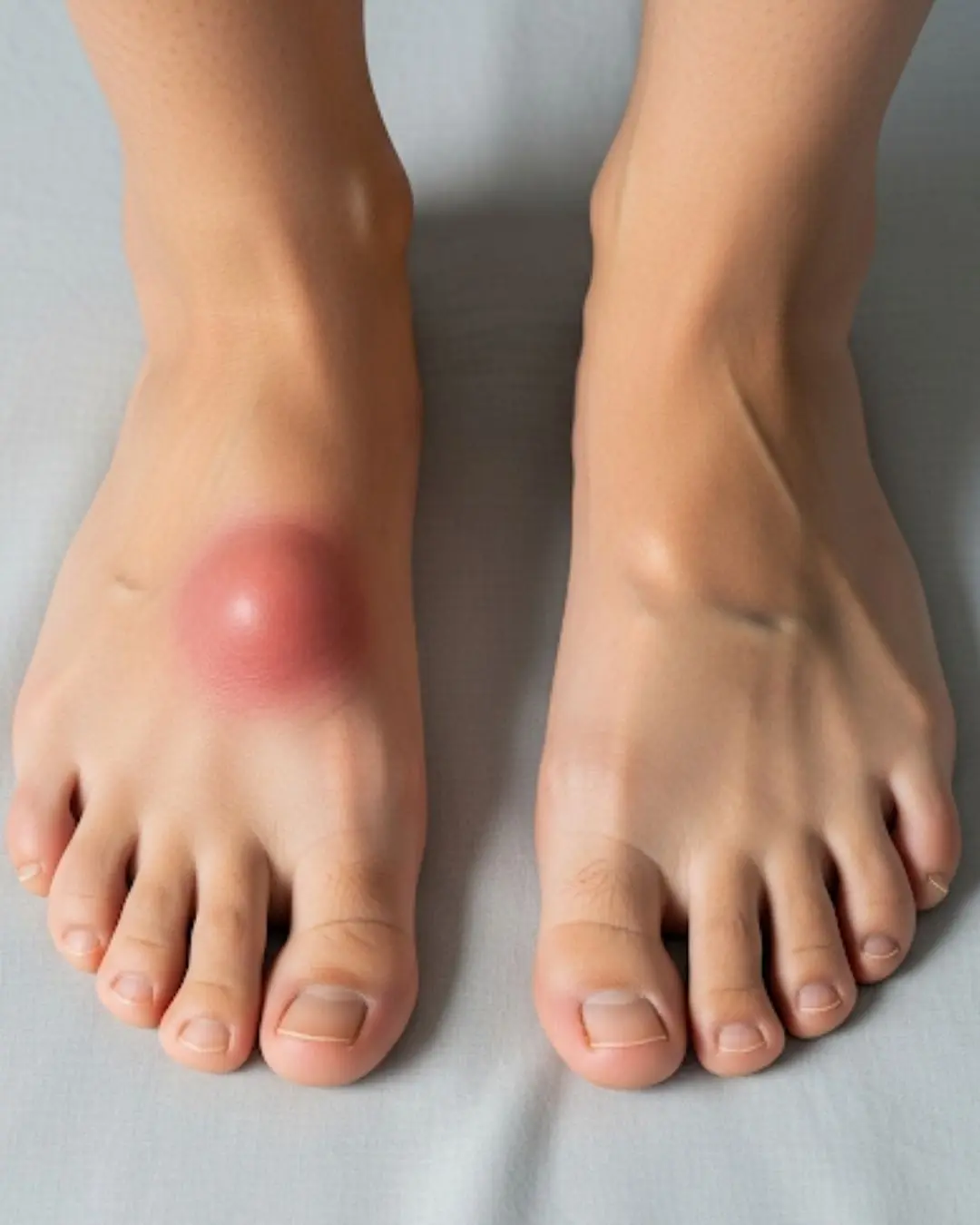
If Your Feet Swell It Is a Clear Sign

Why Doors in Public Bathrooms Don’t Reach the Floor
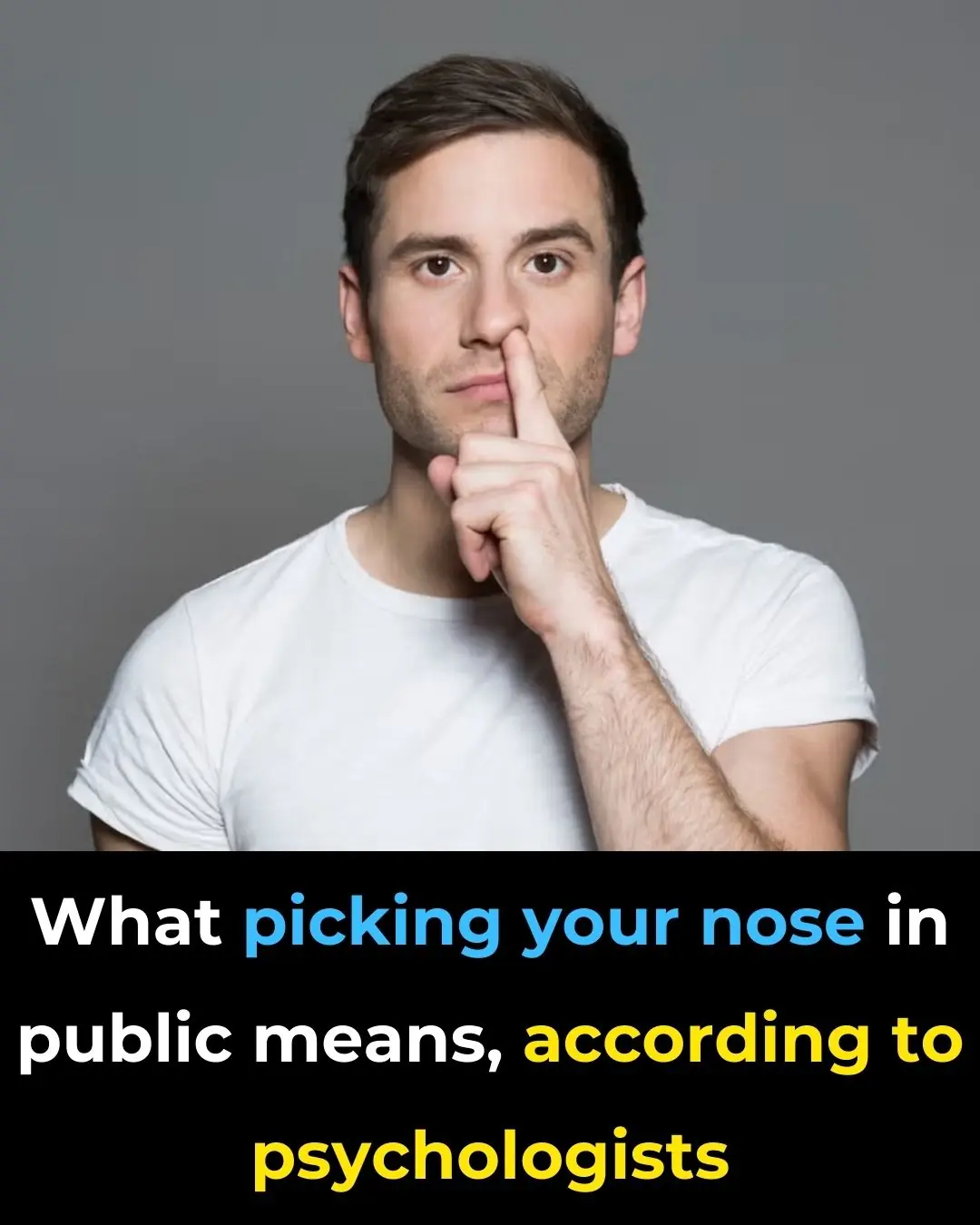
Nose Picking What This Taboo Habit Really Reveals About Us
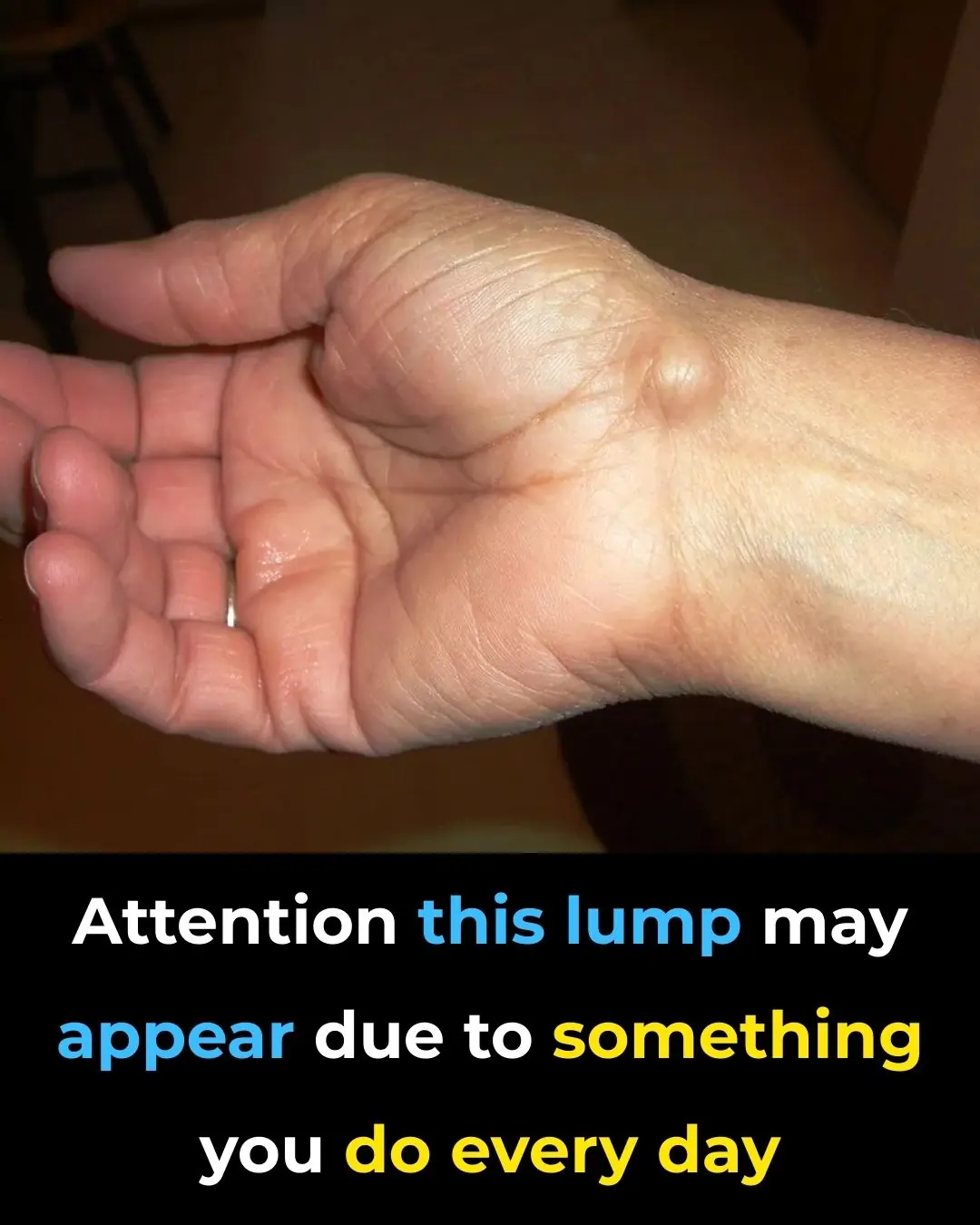
Everyday Habits That Can Cause a This Issue To Your Hands
